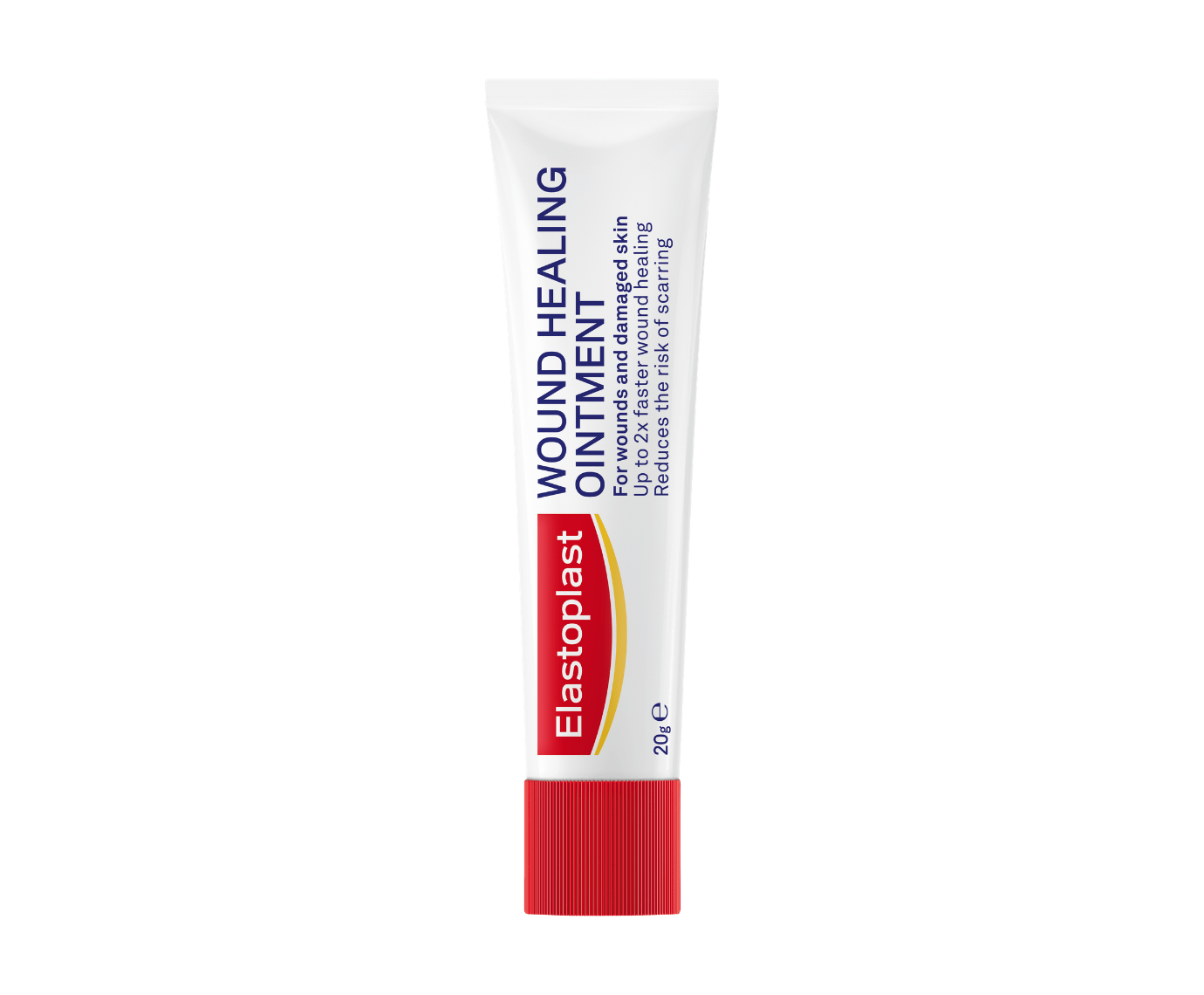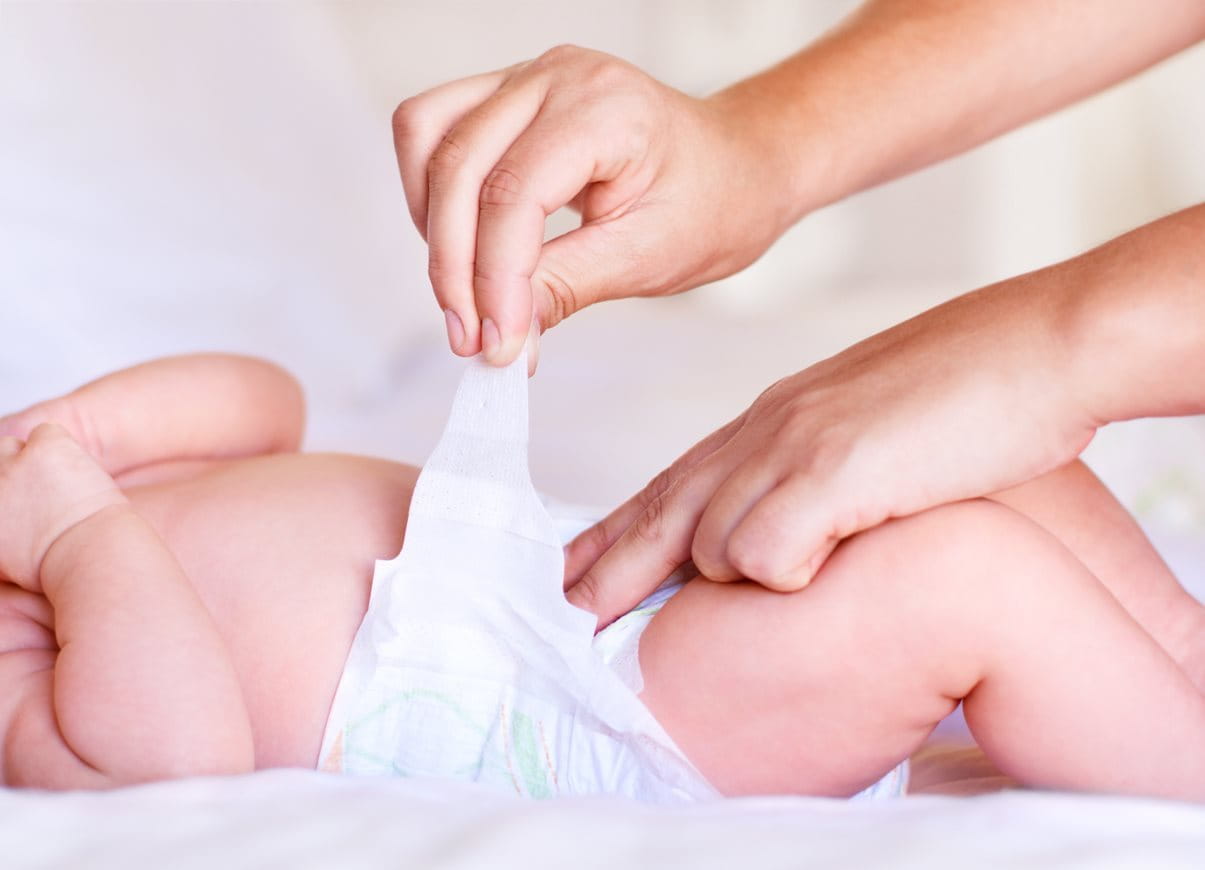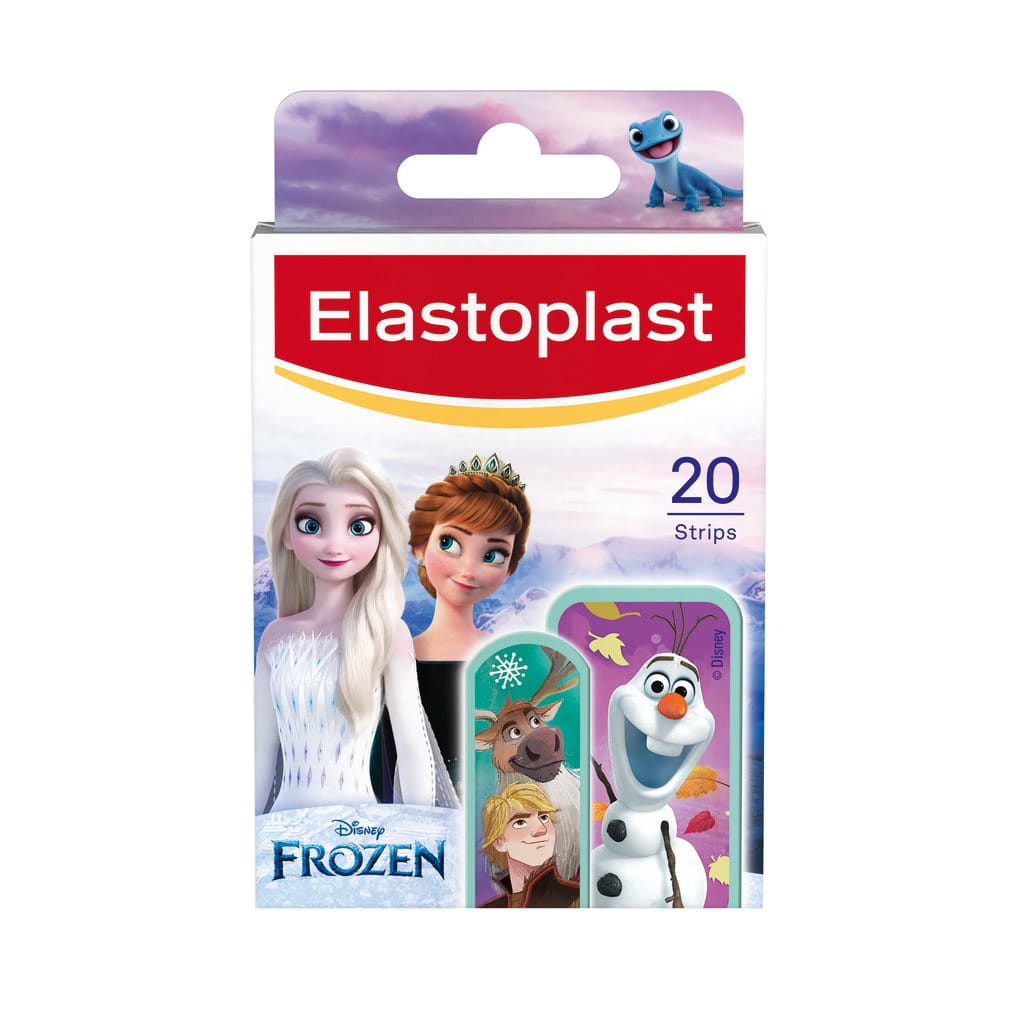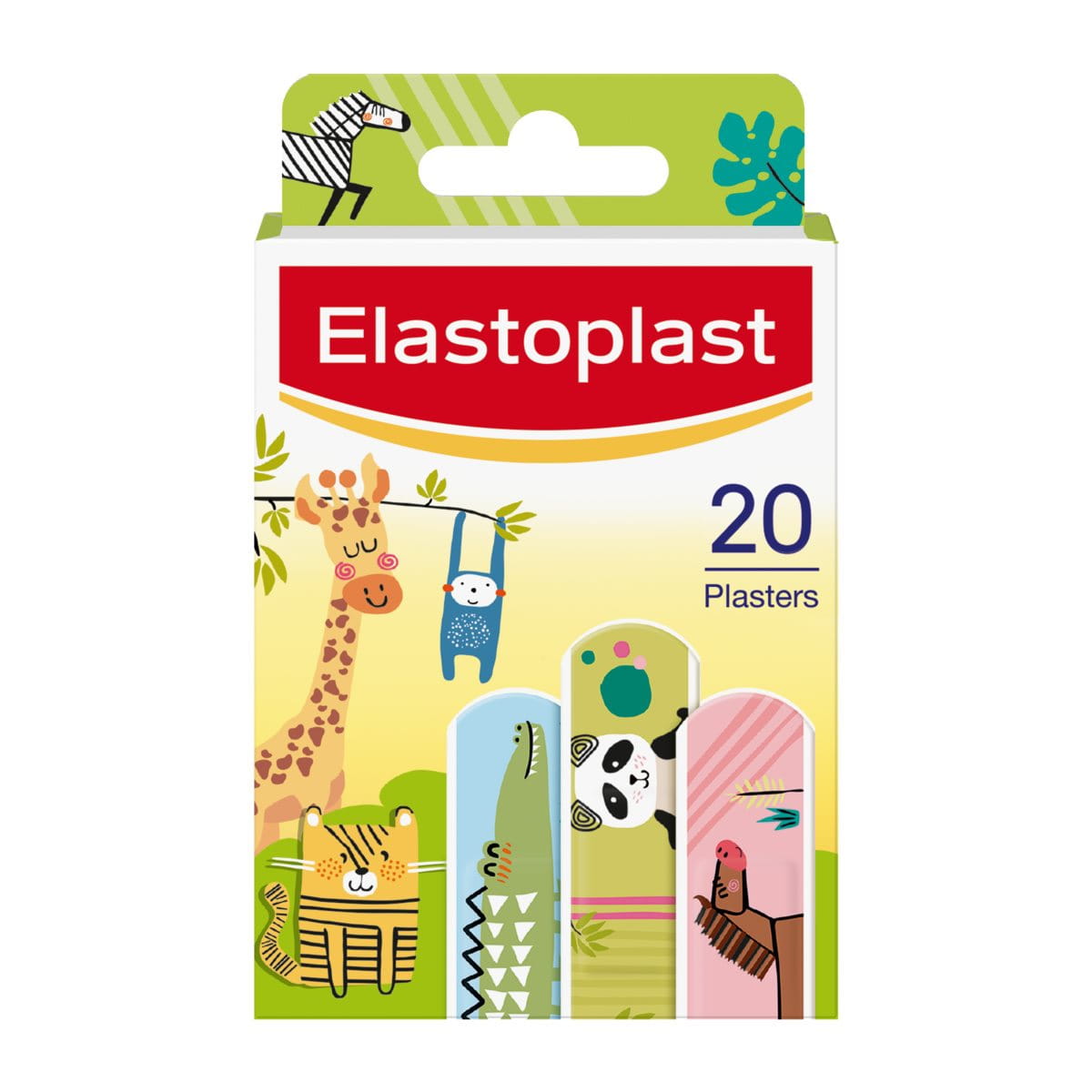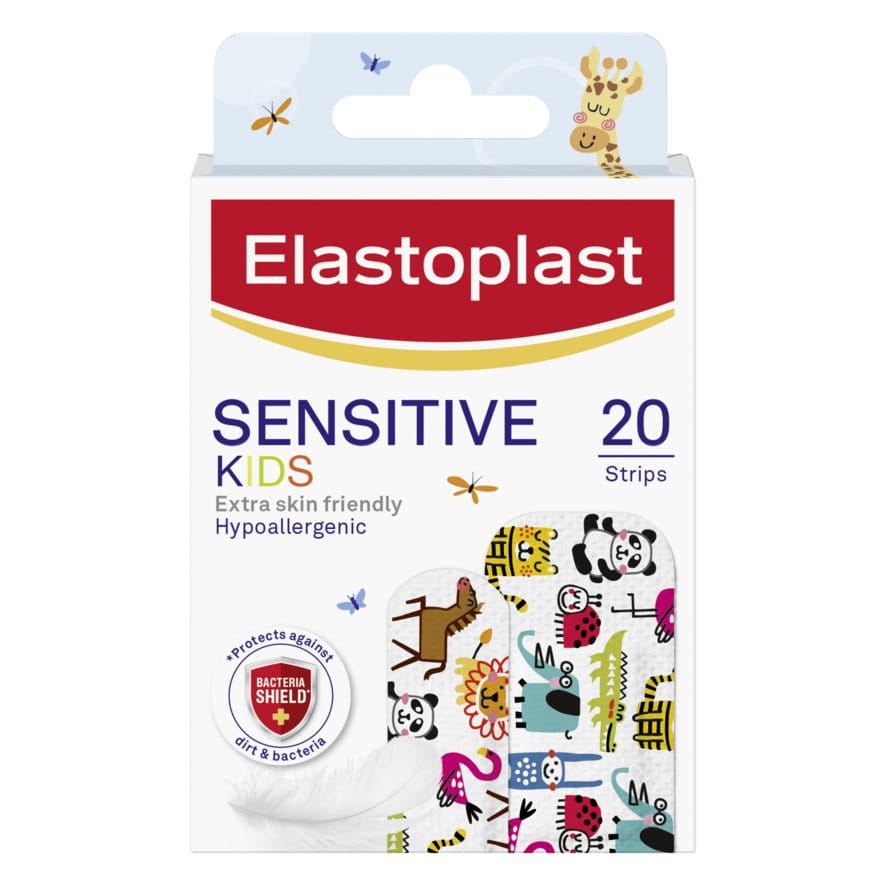What does nappy rash look like?
Baby nappy rash is a common rash that leaves a region of irritated skin in the nappy area. Common symptoms of nappy rash include:
- Skin that appears red, rough and bumpy or spotty, and sometimes hot to the touch
- Can be localised or spread over a large area
Mild nappy rash
Often mild nappy rash doesn’t bother babies too much and may not cause them pain. However, it should still be treated to prevent it worsening.
Severe nappy rash
More severe nappy rash can cause itchiness, pain and discomfort, possibly leading to blisters, broken skin and bleeding. If your child has a severe nappy rash, please seek medical assistance.



